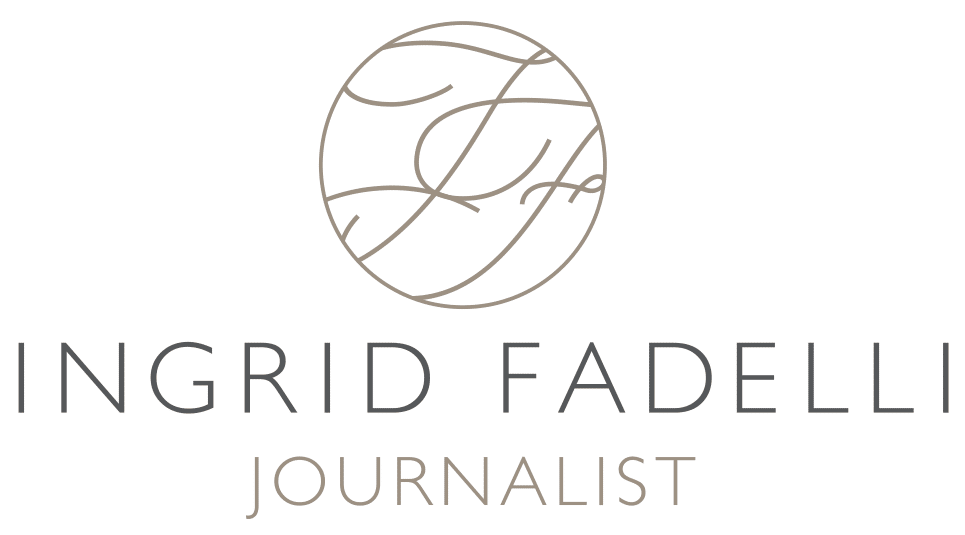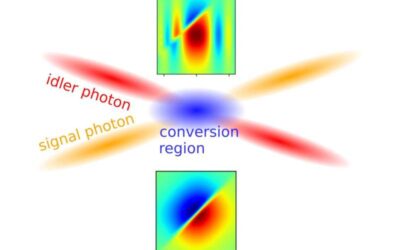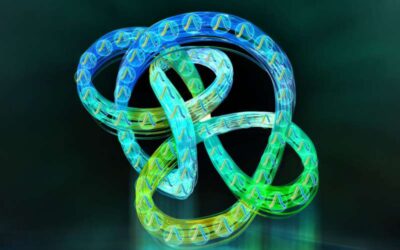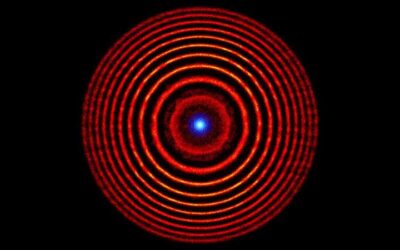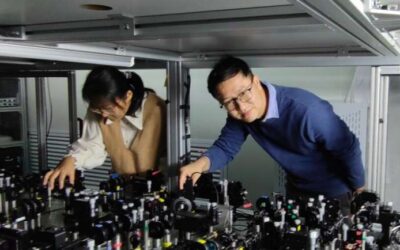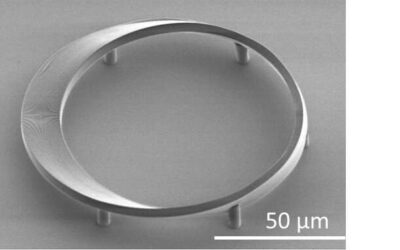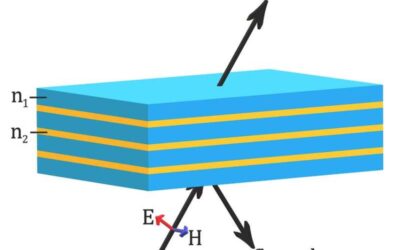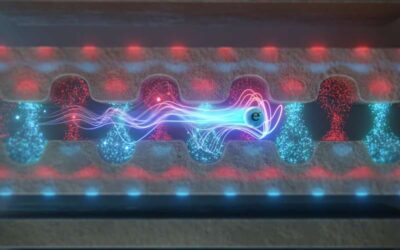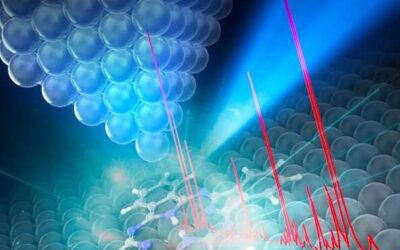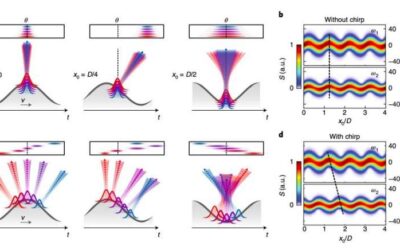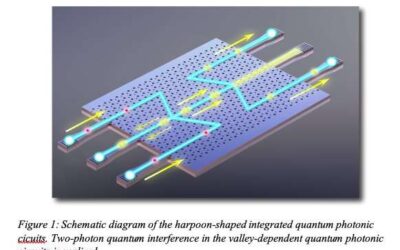Quantum computers, machines that leverage quantum states to perform computations and store data, could soon revolutionize the computing industry, achieving significantly greater speeds and performance than existing computers. While countless companies worldwide,...
Optics & Photonics
The experimental demonstration of topological dissipation in photonic resonators
So far, physicists have primarily studied topological phases in conservatively coupled systems. These are systems with dynamics that do not dissipate and a phase space that does not shrink over time. They are in stark contrast with dissipative systems, which are...
Researchers design holographic lenses based on plasma
Holograms are three-dimensional (3D) images produced by interfering beams of light that reflect physical objects or photographs. In recent years, they were introduced in a variety of settings, for instance to enhance employee training or create more engaging art.
Physicists test real quantum theory in an optical quantum network
Quantum theory was originally formulated using complex numbers. Nonetheless, when replying to a letter by Hendrik Lorenz, Erwin Schrödinger (one of its founding fathers), wrote: "Using complex numbers in quantum theory is unpleasant and should be objected to. The wave...
Möbius strip microlasers for non-Euclidean photonics applications
Photonics is a branch of technology development that specializes in the creation of devices that can generate, detect or manipulate light. Recently, researchers at Université Paris-Saclay coined a new term for a new photonics sub-field called non-Euclidean photonics.
A strategy that could enable control over the coherence properties of light emitted by lasers
Over the past few years, physicists and engineers worldwide have developed a growing number of advanced optical technologies and photonic devices, which can be used to emit, detect or manipulate light. The ability to easily control the coherence properties of emitted...
Study unveils the quantum nature of the interaction between photons and free electrons
For several decades, physicists have known that light can be described simultaneously as a wave and a particle. This fascinating 'duality' of light is due to the classical and quantum nature of electromagnetic excitations, the processes through which electromagnetic...
A single-molecule laser nanospectroscopy technique with micro-electron volt energy resolution
When molecules are excited, they can give rise to a variety of energy conversion phenomena, such as light emission and photoelectric or photochemical conversion. To unlock new energy conversion functions in organic materials, researchers should be able to understand...
The realization of curved relativistic mirrors to reflect high-power laser pulses
One of the topics investigated in recent physics studies is strong-field quantum electrodynamics (SF-QED). So far, this area has rarely been explored before, mainly because the experimental observation of SF-QED processes would require extremely high light intensities...
The realization of topologically protected valley-dependent quantum photonic chips
The field of topological photonics, specialized in the development of a class of materials known as photonic topological insulators, has advanced considerably over the past few decades. Photonic topological insulators have many promising qualities, including the...
